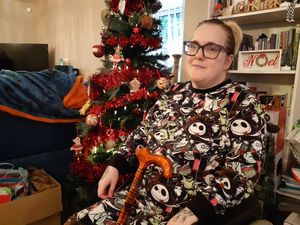Rise in winter deaths recorded in Shropshire
The number of so-called excess winter deaths in Shropshire rose more than 40 per cent in a year, new figures have revealed.
It has prompted concerns over the welfare of vulnerable households across the county.
A new government report has revealed there were 300 excess deaths across Shropshire in the winter of 2016/17, compared to 210 in 2015/16.
Excess winter deaths are defined as the difference between the number of deaths in the winter months – December to March – compared with the previous three months – August to November – and the following – April to July.
Provisional statistics for last winter also show a significant rise in the number of excess winter deaths across the region, with 5,300 recorded in the West Midlands – up from 3,610 in 2016/17.
The provisional figures, released through the Office for National Statistics, also show a rise across England – from 32,730 in 2016/17 to 46,600 in 2017/18.
Oftec, the trade body for the oil heating industry, said an important contributing factor to these deaths was the high number of people living in homes they can’t afford to adequately heat, particularly in rural parts of the country where properties tend to be older, poorly insulated and harder to keep warm.
Struggling
Malcolm Farrow, from Oftec, said: “The latest government statistics reveal the hidden crisis facing Shropshire and it is deeply concerning that even in this day and age, the number of winter deaths continues to rise.
"For far too long this issue has not been given the attention it deserves and too many people are struggling on in silence.
“Many of us take keeping our houses warm for granted but for a large number of households it is a constant source of anxiety.
"It is important everyone is aware of the support available which is why we are sharing our winter guide.”
With more cold weather predicted, Oftec is sharing a free information guide with advice on keeping houses warm, applying for heating payment benefits, finding a local heating technician and essential phone numbers for anyone in need of further assistance.
The ‘keeping warm this winter’ guide, can be downloaded from oftec.org
It recommends heating living rooms to at least 21C (69.8F) and other regularly used rooms to at least 18C (64.4F).
Residents are also encouraged to monitor and adjust timers on their heating controls as the weather changes, turn off radiators in rooms not in use and make sure their boilers have been serviced.





